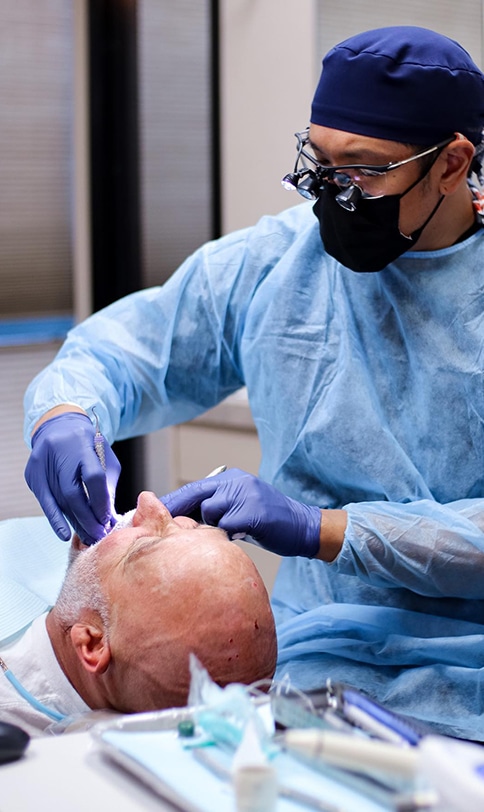E-mail Us
Dental fillings are a common restorative dental procedure used to repair damage caused by cavities or other oral health issues. The type of material used for the filling will depend on the location and extent of the damage, as well as your overall oral health. If left untreated, cavities can grow and lead to more invasive procedures like root canals.
Dental fillings work by sealing off the damaged area of the tooth to prevent further decay. The filling material is first placed into the cavity, and then it is hardened using a special light. This process helps to restore the strength and structure of the tooth, and can also help to improve its appearance.

Improve health with better teeth
Having healthy teeth is crucial for maintaining good overall health. However, teeth can deteriorate over time, resulting in functional and aesthetic problems. Dental fillings are used to address issues like cavities, cracks, or wear caused by misuse, restoring the affected teeth.
If you have teeth damage from nail-biting, a painful cavity in one of your canines, or a chipped tooth due to an accident, our team is ready to provide assistance and support.
When do you need a dental filling?
Visual evaluation
Examining/touching
X-rays
The tests will result in a diagnosis and treatment plan. For minor cavities, a wait-and-see approach may be suggested. However, if the cavity is severe, causing pain or located in a hard-to-reach area, a filling is typically advised.
During the filling procedure, the decayed portion of the tooth is first removed. Subsequently, a filling is applied to fill the cavity, offering protection against future decay.
After dental filling, here's what to expect
Once local anesthesia is applied, your dentist will ensure that the area is completely numb. After the quick injection, you will feel complete relief from any discomfort!
Before proceeding, we will remove any decayed tooth structure or old filling by thoroughly cleaning the tooth cavity.
After skillfully crafting the dental filling, it is inserted into the cavity to provide a dependable shield that protects your tooth from potential decay.
The dentist will then carefully polish the filling to ensure a smooth and properly shaped surface. Additionally, a bite test will be performed to ensure that the new filling aligns correctly with the teeth on the opposite side.






